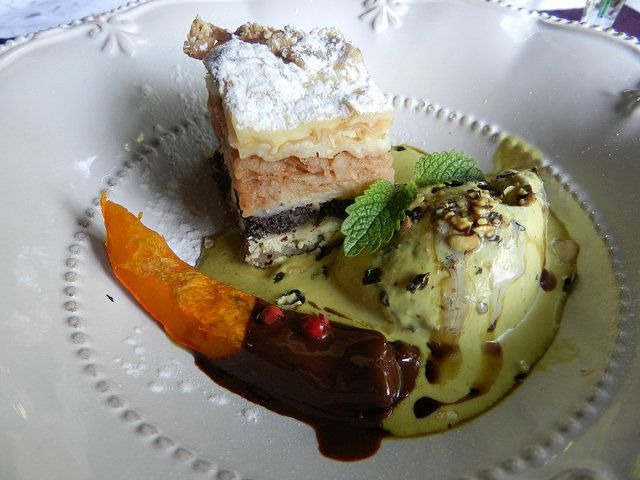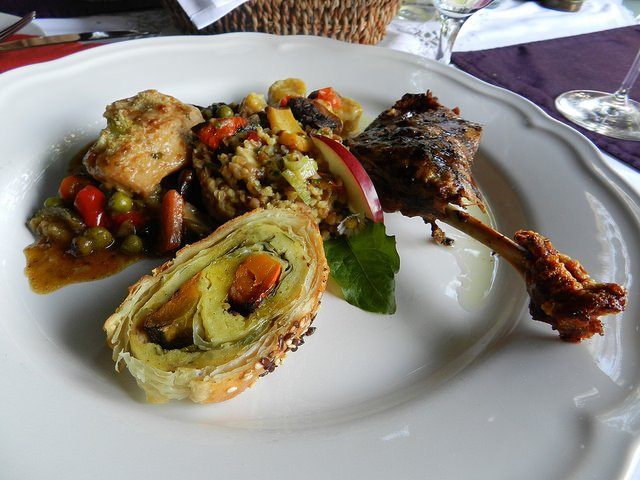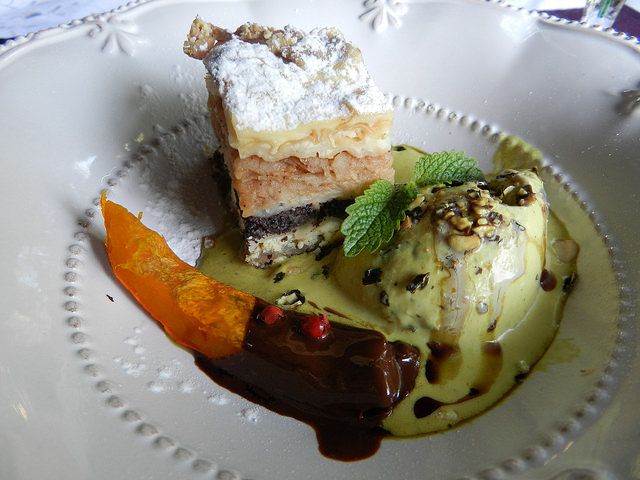Tis The Season...for Međimurje Pumpkins!
While everyone else is talking about carving pumpkins, decorative pumpkins, and pumpkin spiced everything, there is a small region in Croatia that would like to show you a different side to the pumpkin — from the health benefits of pumpkin seed oil to inventive main meals and desserts such as pumpkin seed oil ice cream.
Pumpkins have been growing in Međimurje since the eighteenth century, initially for feeding livestock and mainly for oil later on. They are raised on the fields that are within the protected area of the regional park Mura-Drava, and are grown using traditional methods, with most of the process done by hand.
Pumpkin seed oil is produced using the shell-less seeds of the pumpkin, which are called golica. The oil has a distinct nutty taste, and is so special here that it is in the process of protection of geographical origin on the national and European level.
The oil contains carbohydrates, minerals, proteins, important unsaturated fatty acids linoleic acid (omega-6) and oleic (omega-9) acid, and abounds in iron, manganese, magnesium, copper, zinc, selenium, and vitamins C, E, D, K, and B. Translated, this means that the healing features of pumpkin seed oil are many, and will make you want to consider investing in a few bottles.
According to the region, pumpkin seed oil:
• Stimulates the kidneys
• Has a beneficial effect on fertility and sperm quality
• Is used to treat prostate disease
• Helps with cardiovascular disease
• Stimulates the renewal of erythrocytes
• Strengthens the immune system
• Helps with burns
• Has a beneficial effect on the health of skin and hair
• Has a positive effect on vision
• Relieves stress and improves mood
• Improves memory
The Posavec family have been working in agriculture for over 20 years, and now work in food production. "The result is the most advanced oil processing plant in this area and its product," they tell me.
As Croatia has small fields — most are smaller than one hectare each year — they cooperate with other farmers who produce pumpkins for them on 200 hectares. They sow the pumpkins during the end of April or beginning of May, and harvest at the end of August/beginning of September.
This year the yield was round 1500 kg/ha.
They use the pumpkin variety called Cucurbita pepo subsp. oleifera. The most popular variety is called "Gleisdorfer." Other pumpkins are not used in producing oil.
The Posavec family are very proud that they are producing a product with extensive health benefits, and one that is 100 percent utilised. They use the flesh in food, the leftover flesh for fertilizing the fields, and the leftovers in oil production for animal food, as it is rich in protein. All the restaurants, new and old, use the oil and pumpkin in their cuisine, from starter, to main, to dessert.
I visited a few places, and got to try a variety of dishes. Amongst the pumpkin rich dishes at Mala Hiža , I had the duck marinated in honey and pumpkin oil, slowly baked in the oven. There was also a young rooster baked in the oven with autumn vegetables and mushrooms; buckwheat porridge with roasted pumpkin and vegetables; strudel with potatoes, pumpkin, and chard; and pumpkin gnocchi in butter with sage. For dessert, međimurska gibanica, a traditional cake with poppy seeds, apples, cheese, and nuts, and well as pumpkin seed oil ice cream and baked pumpkin with chocolate and chilli.


